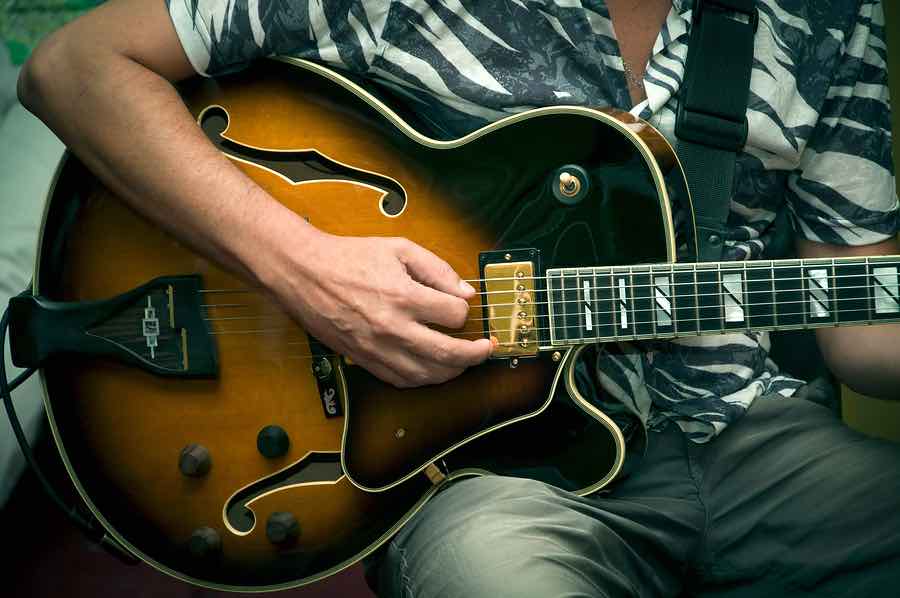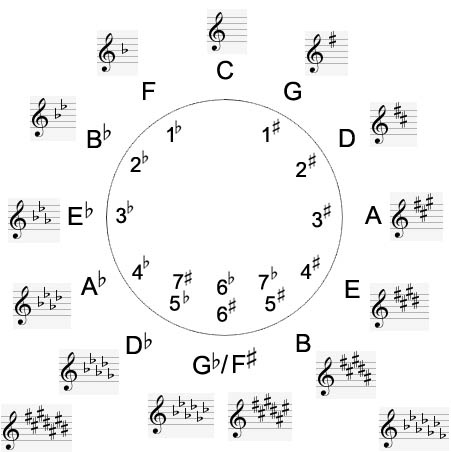Bigstock photo
 So why do you want to use the mixolydian scale for blues?
So why do you want to use the mixolydian scale for blues?
Well, not that there’s anything wrong with the pentatonic scale, on the contrary, the pentatonic / blues scale is the most essential scale for blues music.
But if you want to take it a little further and jazz it up with some nice fresh sounding notes to expand your improvisation possibilities then the mixolydian scale is a great addition.
The mixolydian scale is one of the 7 modes derived from the major scale. It’s the fifth mode and contains a flat seventh compared to the major scale.
If you already know how to play a major scale you only have to lower the 7th degree by a half step and there’s your mixolydian scale.
Major scale = 1 2 3 4 5 6 7
Mixolydian scale = 1 2 3 4 5 6 b7
Because the mixolydian scale contains a major 3rd and flat7 (b7) it’s perfectly fit to play over a dom7 chord. And as you might know, the dom7 chord is the main ingredient for blues music.
Now you know how the mixolydian scale is build up, you want to know how to combine mixolydian and pentatonic into your improvisation.Continue Reading
 The circle (or cycle) of fifths, also called the cycle of fourths is a diagram that gives all kind of handy information on key signatures, chords and scales in a quick and clear manner.
The circle (or cycle) of fifths, also called the cycle of fourths is a diagram that gives all kind of handy information on key signatures, chords and scales in a quick and clear manner. Okay, you know your
Okay, you know your  The natural minor scale can be played in 5 different positions just like the major scale, the pentatonic scale and all the other scales.
The natural minor scale can be played in 5 different positions just like the major scale, the pentatonic scale and all the other scales.